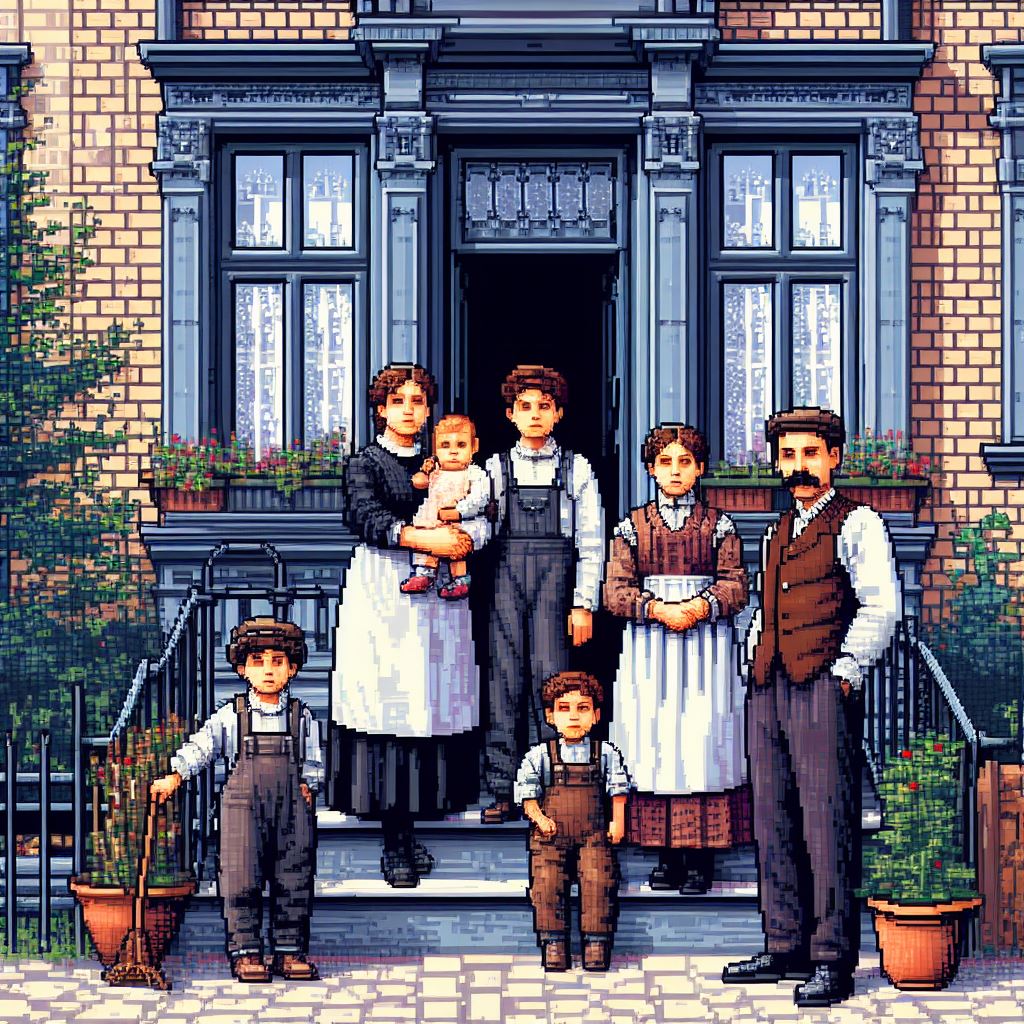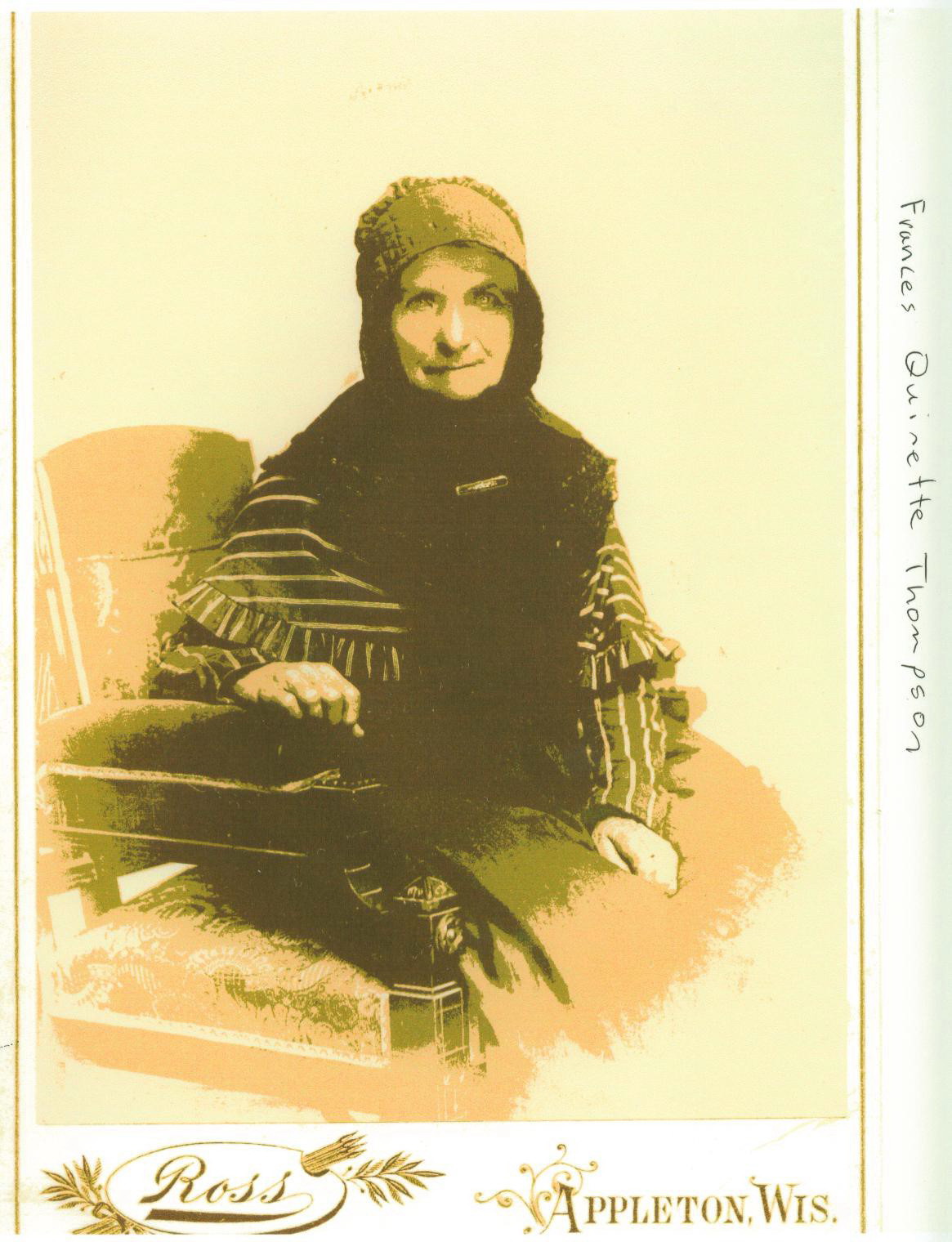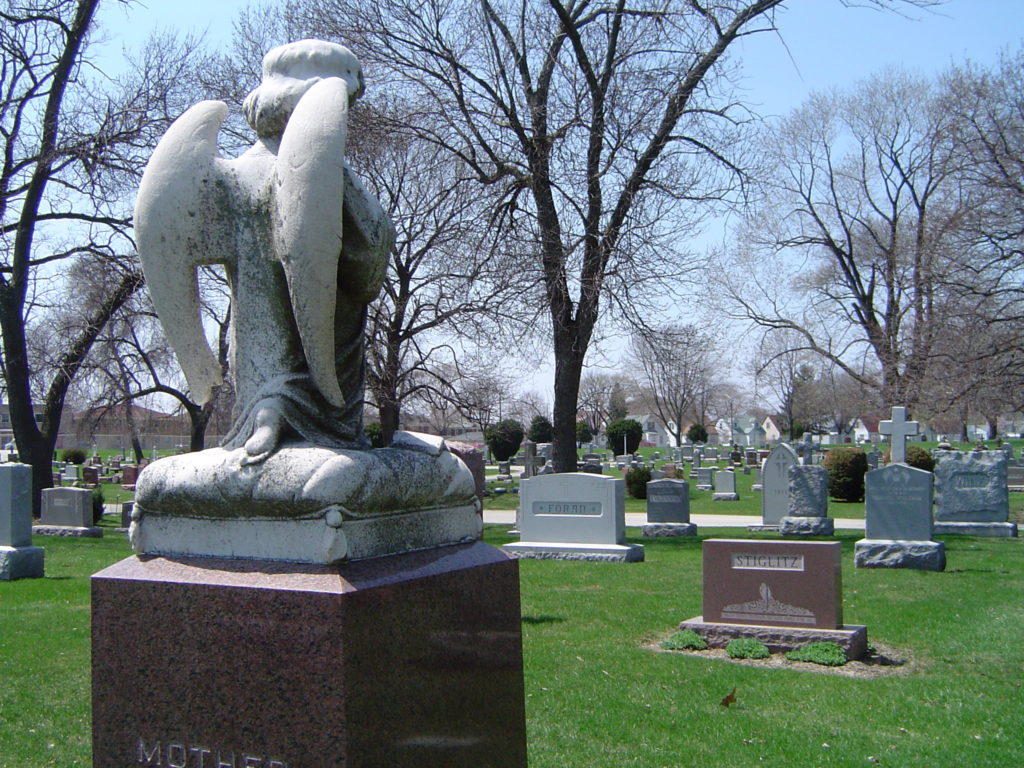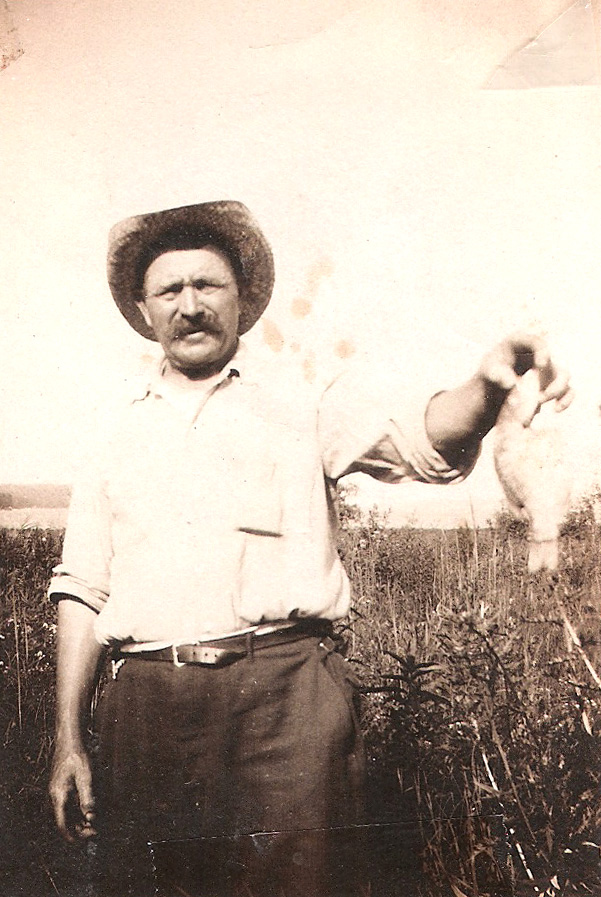For no specific reason this week, I decided to do some more research of my paternal French lines. I decided to start with my gateway French ancestor, Claude-Françoise QUINET, or as she is mostly known, Frances (Quinet) THOMPSON. She is my 4th-great-grandmother and probably the most distant ancestor that I have a photo.
I started at the FamilySearch wiki, which is always a good place to start when researching a new location. It has great articles on the best resources and where to find them. Much to my surprise, France has digitized and made available all of the civil and church records, at least from the Department I needed, Haute-Saône. The website was very easy to use once I was able to determine the locations I needed, even if it was in French.
I had a lot of the information for Frances and many generations back, but just the information, no sources or proof. This was probably entered back when I just found info and entered it like a rabid accountant. Fortunately, finding the actual records was made a bit easier as I had dates to work from. Most of them lined up perfectly and I was able to confirm and source dozens of baptisms, marriages, and deaths. I was even able to add one new generation back. I started my search in the early 1800s, but I was able to find records back to the late 1600s available on the site. Those were more hit-and-miss as I wasn’t able to find any of my ancestors in them.

Early on in my research, the records were in French, so just memorizing important genealogical words (i.e., baptism, marriage) and numbers was very helpful. At some point in the 1700s, everything switch over to Latin, which is a bit different to read (see the record above.)
I’m not completely finished digging through for the missing records and I have yet to see if any of my other possible French ancestors can be found in these digitized records. If you have French ancestors, make sure to look at the FamilySearch wiki.




 There is a site out there that a lot of you may not be using for genealogy and/or history,
There is a site out there that a lot of you may not be using for genealogy and/or history, 
 I’ve been playing with an open source tool called
I’ve been playing with an open source tool called 

 My wife,
My wife, 